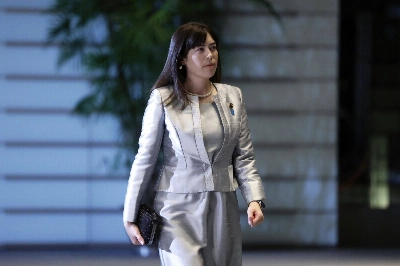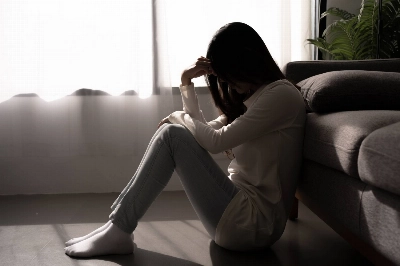Everyone knows how hard it is to find clothes that fit, but imagine how much harder it would be if you had special needs. If you were a wheelchair-user looking for pants with gathers at the knees, or a frail senior looking for a blouse with easy-to-detach buttons, chances are you wouldn't find them easily -- not in the boutiques in trendy Harajuku or even at major department stores.
In fact, you probably wouldn't have any choice other than to go to a shop selling products such as crutches and wheelchairs, where you'd find a small, unexciting selection of clothes to choose from.
This glaring gap in the market gave rise to the idea of UD (universal design) clothes. Commonly called "universal fashion," these clothes are designed in such a way that anyone can wear them. For example, stretchable fabrics are used for the garments, while their length and width are loosely tailored for comfort. Instead of normal buttons, Velcro or pointed buttons are stitched onto shirts so that they can be done and undone easily. Instead of laces, shoes are fitted with Velcro straps.

















With your current subscription plan you can comment on stories. However, before writing your first comment, please create a display name in the Profile section of your subscriber account page.